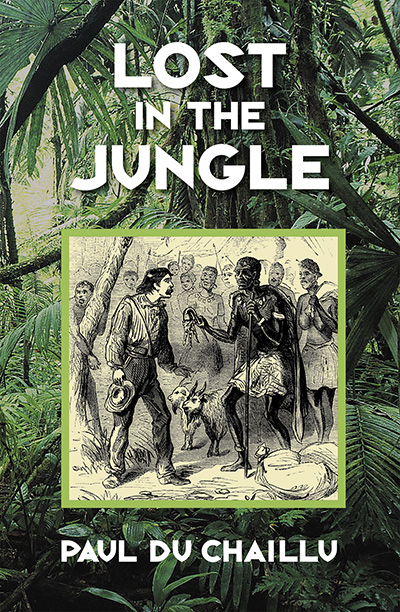Description
The third classic study of African wildlife, culture, and native tribes as they existed in the mid-1800s, written by the first European explorer to confirm the existence of gorillas and African pygmies.
Following on from his Stories of the Gorilla Country and Wild Life Under the Equator, adventurer Paul du Chaillu describes in vivid detail African life before the advent of European colonization, and the astonishing practices, culture, and environment which existed at this time. This work is particularly valuable as it shows, without prejudice or favor, Africa as it was, as seen by one of the first European explorers to set foot inside the interior of the Dark Continent. Read of witchcraft trials and the tribe members’ astonishment at their first sight of a white man, their amazement at everyday items such as clothes, shoes, socks, hats, a music-box and a mirror, and of how the Apingi tribe appointed him as king.
This is truly a story of how a white man went where no European had ever gone before. This book is another eye-opening account of Africa in its natural state, and contains many sobering lessons applicable to the present day—if the reader has the vision to see and understand their meaning.
This is a hand-restored and re-set edition, complete with original illustrations.
Softcover, 200 pages, #794
About the author
Paul du Chaillu (1831–1903) was the son of a French trader who was stationed on the West African cost. In 1855 he was sent by the Academy of Natural Sciences at Philadelphia to explore Africa because of his knowledge of the local languages and customs. In two expeditions into the interior, he observed numerous gorillas, brought back dead specimens, and also confirmed the existence of African pygmies, becoming the first European to observe them in real life. Du Chaillu sold his hunted gorillas to the Natural History Museum in London and his cannibal skulls to other European collections. Later he specialized in the prehistory of Scandinavia, and died while doing research in St Petersburg, Russia.


